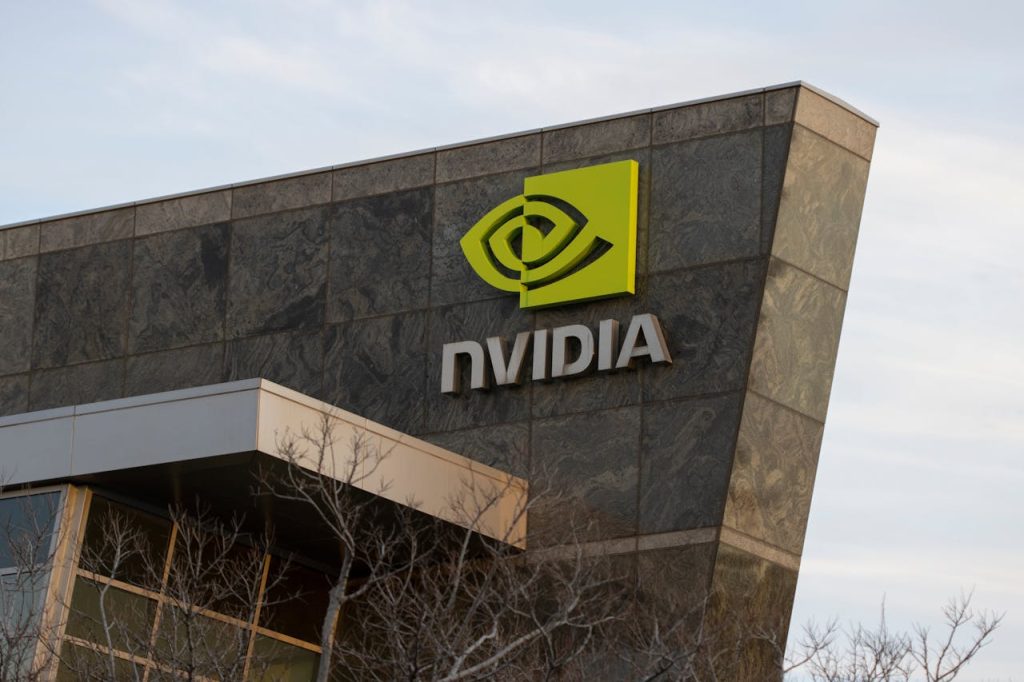As the chipmaker becomes world’s most valuable company, marketers face a new reality: the AI tools reshaping creative work and ad buying rely on a single supplier with growing influence.
Nvidia has become the world’s most valuable company, briefly topping a $4tn market capitalization this week and overtaking Apple and Microsoft. It is an astonishing milestone for a semiconductor firm, but the significance reaches well beyond Wall Street headlines.
For marketers, Nvidia’s surge is a clear reminder that the AI revolution remaking creative production, media planning and customer engagement depends on a single, dominant supplier. As the industry races to adopt AI-powered tools, the cost and capability of those tools are tied to the company’s grip on the chips that power them.
Want to go deeper? Ask The Drum
How Nvidia built its dominance
Nvidia’s rise is not just about better hardware. It has built an entire software ecosystem that locks in developers and researchers. At its annual developer conference last year, chief executive Jensen Huang described Cuda, Nvidia’s proprietary programming platform, as “the foundation of accelerated computing,” highlighting that customers have invested years of development on the company’s stack. That integration makes alternatives harder to adopt, even as rivals try to break in.
The results are clear in the company’s financials. Data center revenue, the segment fueling AI training and deployment, has more than quadrupled year over year, according to its latest earnings call. Demand has consistently outpaced supply despite Nvidia ramping production. As Huang put it: “Demand is surging worldwide across companies, industries and nations, as generative AI has hit the tipping point.”
Those surging orders come from the biggest players in cloud and advertising: Microsoft, Google, Amazon and Meta. All rely on Nvidia GPUs to train large language models, build recommendation engines and enable creative automation. The result is a new kind of supply chain dependency for the marketing industry. While agencies and brands focus on selecting the best AI models and tools, the cost and availability of those services depend on Nvidia’s pricing power and production capacity.
The cost question for marketers
That pricing power is significant. Gross margins top 70%, thanks in part to tight control of advanced chip manufacturing capacity and the software lock-in that gives Nvidia leverage over its customers. Those customers – cloud providers and AI startups alike – are unlikely to absorb those costs. They will pass them along, meaning marketers budgeting for AI tools and services will feel the effects directly or indirectly.
Meanwhile, competition is heating up. AMD’s MI300 series is gaining traction and hyperscalers such as Microsoft and Google are investing heavily in custom chips to reduce dependence on Nvidia. But even as these efforts expand, they will take years to match Nvidia’s scale and developer support. For now, the industry remains largely dependent on a single supplier.
Huang has framed this moment as transformational: “This is the beginning of a new industrial revolution where companies race to digitize, to build their AI factories. And Nvidia is here to supply the engines.” It is an evocative image that also underscores the power Nvidia now holds over an industry rapidly embracing generative AI at scale.
For marketers, Nvidia’s $4tn valuation is not just a stock-market story. It is a sign that the infrastructure underlying creative production, ad buying and customer engagement is consolidating in unexpected places. The questions now are not just about which AI model to use or which vendor to trust, but about how resilient and competitive the entire AI supply chain really is.
As the marketing industry leans harder into AI for efficiency and scale, understanding the forces shaping that ecosystem is no longer optional. It is a strategic necessity.
Suggested newsletters for you
Daily Briefing
Daily
Catch up on the most important stories of the day, curated by our editorial team.
Weekly Marketing
Friday
Stay up to date with a curated digest of the most important marketing stories and expert insights from our global team.
The Drum Insider
Once a month
Learn how to pitch to our editors and get published on The Drum.

